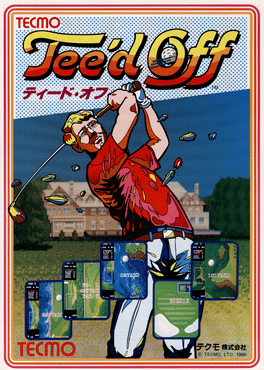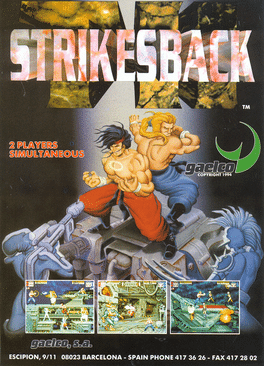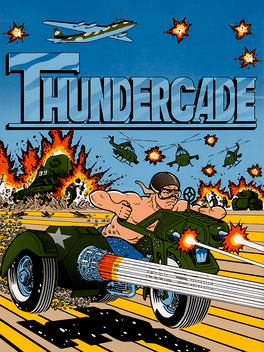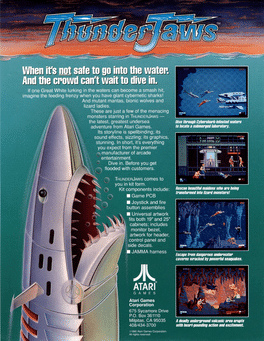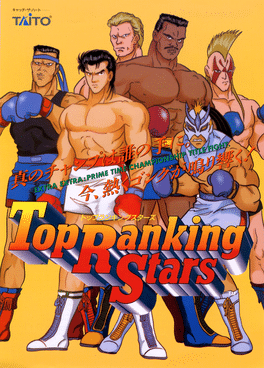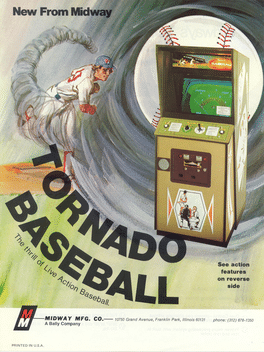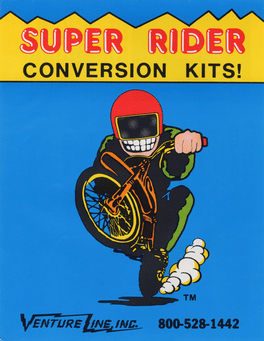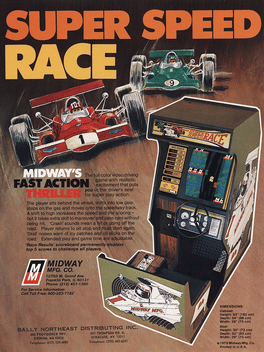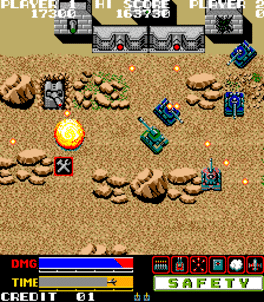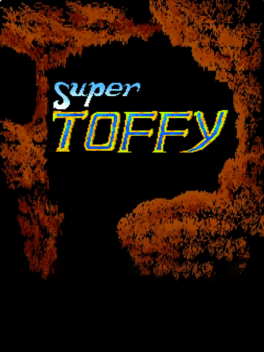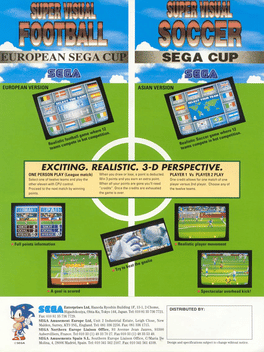Most Popular Arcade Games - Page 98
-
Taxi Driver
1984
-
Tee'd Off
1986
-
TH Strikes Back
1992
TH Strikes Back
1992
In this sequel, you control a poweful ESP Rambo-like character, throwing sonic rays from his hands and destroying mutated enemies. This game is Thunder Hoop II. -
Thundercade
1987
Thundercade
1987
A nuclear powerplant has fallen into the hands of terrorists and you pilot a motorcyle equipped with machine guns that can be improved along the way. Make your way through difficult terrain and battle against loads of terrorists on foot, in cars, tanks and submarines who will try to stop you. Reach the plant and shoot all the terrorists to save the day. -
ThunderJaws
1990
ThunderJaws
1990
You are a member of an underwater special forces unit and have been selected to infiltrate Madam Q's headquarters and stop her demented plans before she can destroy the world -
Time Limit
1983
Time Limit
1983
As a super cop you have limited time to find a bomb in a large building. You can ride elevators, escalators and climb ladders in the search. There are assorted obstacles and bad guys to avoid or shoot -- "Killers" will shoot back. Nice death sequence where the bad guys escape on a helicopter while you go up the screen as an angel. Find the bomb and the bad guys will surrender. Between levels there is bonus stage where you pick from various boxes to get a bomb, bonus stage over, or additional points. Graphics are very blocky and crude, but quite large. The game looks like a variation of Elevator Action but with worse graphics! Music is terribly irritating and the overall game appears quite dated. -
The Tin Star
1984
The Tin Star
1984
You play a sheriff and fight outlaws in saloons, barns, banks and places outside of town. -
Toffy
1993
-
Toki no Senshi: Chrono Soldier
1987
The mid-eighties saw the inception of a genre known as run-and-guns, which were popularized by the likes of Capcom's Commando and SNK's Ikari Warriors. At their base, these games were akin to shoot-em-ups, except they didn't take place in airplanes or starcrafts as was the norm of the time. Most of them did not scroll automatically and allowed the player a bit more breathing room hence, but they still pressured players with lots of bullets and aggressive enemies. Most big companies offered at least one top-down on-foot shooter, Sega naturally included. Their best-known contribution to that front in the eighties was Alien Syndrome, their tribute to the Alien series which involves two soldiers destroying frightening xenomorphs on derelict vessels. It was different from other Commando-likes in that you could move in any direction around the map and didn't just keep going up like most other such games. -
Top Ranking Stars
1993
-
Tornado Baseball
1976
-
Super Glob
1983
Super Glob
1983
Guide the insatiable Glob through corridors, up and down the elevators and through the side tunnels in his never-ending search for snacks. An assortment of crafty animals relentlessly pursue the Glob and fight him for control of the elevators. Kill them by sticking to the ceiling and dropping on them or just avoid them and munch a dozen different snacks to clear the 24 unique levels. -
Super Locomotive
1982
Super Locomotive
1982
You control a train that must get to the station by avoiding or shooting enemy trains. -
Super Rider
1983
-
Super Speed Race
1977
Super Speed Race
1977
Super Speed Race GP V (released as "Super Speed Race" in North America, and as "Speed Race CL-5" in Europe) is an edition in Speed Race series. The primary gameplay stays identical to earlier games in the series. The player races in a top-down view and must pass other cars to score points. Compared to its predecessor Super Speed Race there are some new elements like the cars' headlights emitting light in tunnels and water slicks on the track. Also new are bridges where the player must choose between two paths and not crash against the divider. -
Super Stingray
1986
-
Super Toffy
1994
Super Toffy
1994
Super Toffy is an improved version of Toffy, which in turn is a bootleg of the game Dangerous Dungeons with updated sprites. Super Toffy revamps many levels, getting rid of the recycled levels found in Dangerous Dungeons that are the same as other levels with minor changes or just upping the treasure requirement. Super Toffy adds an item that freezes the enemies in place temporarily - though even when they're frozen, you still can't stand next to the goombas (which replace spiders in DD) or the green faces (which replace octopi in DD). Super Toffy also adds artwork between stages - one of them adult-themed (there are robo-nipples on display) but mostly just generic anime art. Finally, unlike DD, there are a couple of score-based extends; you can get up to 5 lives. -
Super Visual Football European Sega Cup
1994
A pseudo 3-D soccer game where sprite-based players pursue the ball on a scaled pitch.

